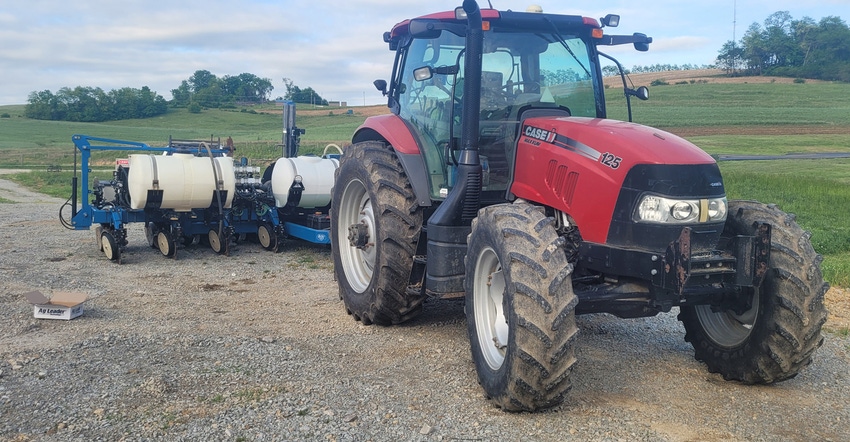May 31, 2022

This past winter while attending a crop meeting, the discussion came up about how farmers can manage their operations better with the high costs of inputs.
The answer that we got was straightforward: Use variable rates of seed and fertilizer across your operation.
Variable-rate technology has been out for some time now, and after a discussion, we thought it was time that we ventured down that road.
Our operation has been using technology for the past 12 years. We have years’ worth of yield maps that we really haven’t been doing anything with, other than tracking the performance of seed and the farm it’s been planted on.
We have been using auto shut-offs on both our planter and sprayer since 2010, and have seen returns on that investment through the savings of seed, herbicide and fertilizer— just by not double-applying them in small- and odd-sized fields. Plus, it seems there is never enough time in the day to get all the work done. Having the GPS guidance has enabled us to work later and take advantage of extra hours during planting season.
So, to start this venture, we were already in the market for a newer corn planter, and we found one with all the bells and whistles that would meet our needs. Not only did the planter have row shut-offs for seed, but it also had them for starter fertilizer and nitrogen. The planter was hydraulic driven, so it was able to speed up and slow down the seeding rate. The fertilizer systems also worked in a similar way.
Our next step was to sit down with our agronomist. We actually met several times this winter and uploaded all the yield maps we had. We took the list of hybrids that we purchased and wrote a prescription for the seeding rate for each of them and for each one of our farms.
Sitting and looking at the prescriptions really opened my eyes. Some farms, we were planting at way too high a population; others we weren’t pushing high enough. Some of our farms also had several different soil types in the same field. Each soil type has a different seeding rate, and those vary almost 10,000 plants per acre.
Big learning curve
With every new thing you try, there is always a learning curve. Some curves are mild, and some are sharp. I think ours was somewhere in the middle.
Not all the bells and whistles on the new planter worked right out of the gate. We had a flowmeter on the fertilizer system that was bad and some components on the hydraulic downforce that didn’t work. Needless to say, there was a lot of frustration.
After a couple of visits from our dealer, we were able to set the planter so we could plant.
I am really anxious to run the combine this fall to see the benefits of all this planning and rate changing. Hopefully, everyone has a great growing season.
Mike and Sheilah Reskovac and their sons farm near Uniontown, Pa. Check out all of their "Two Hearts, One Harvest" blogs.
You May Also Like




